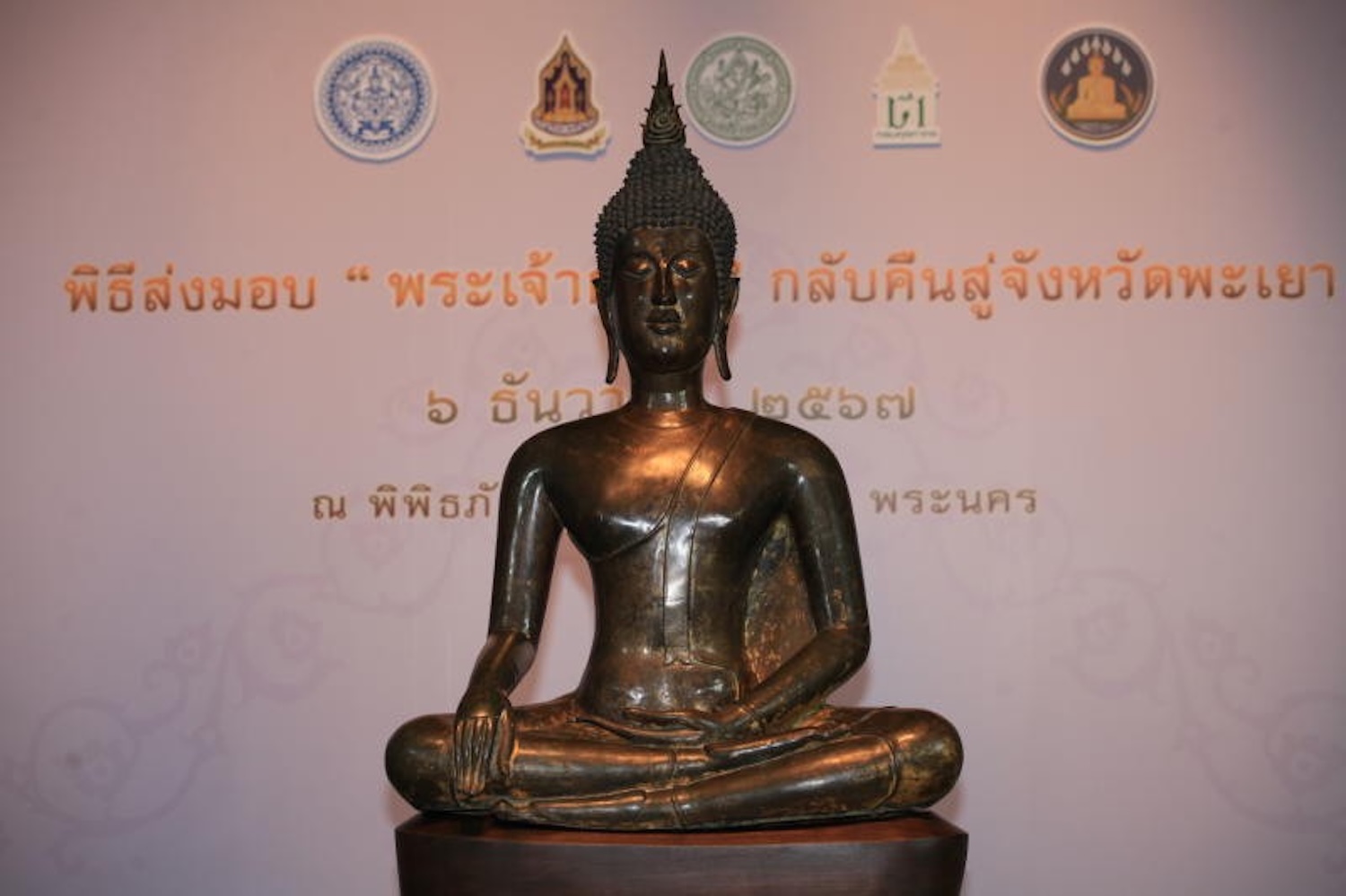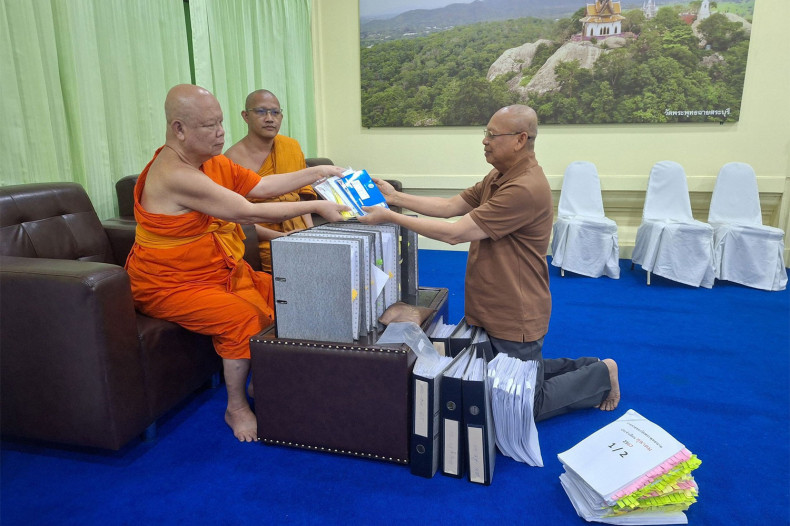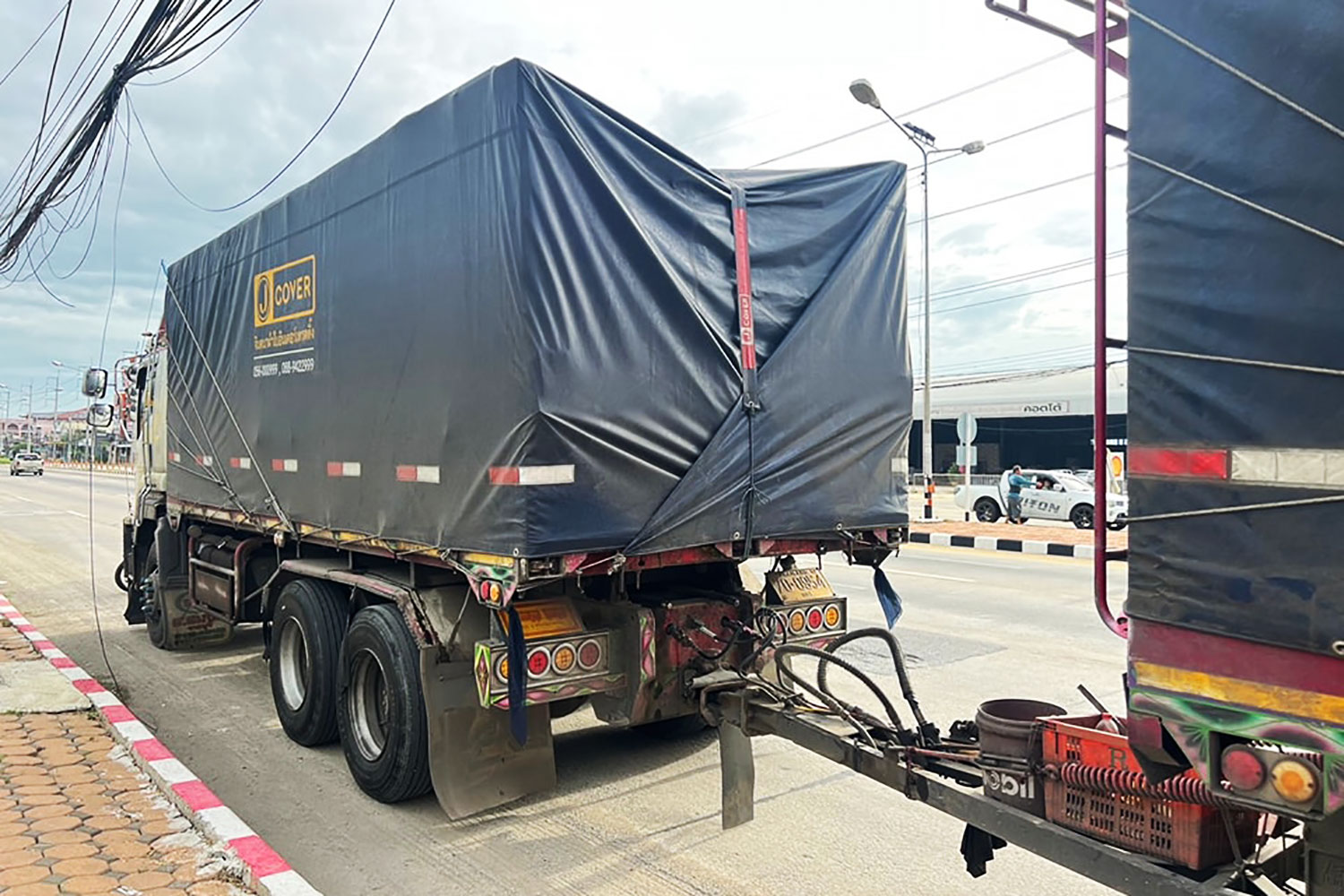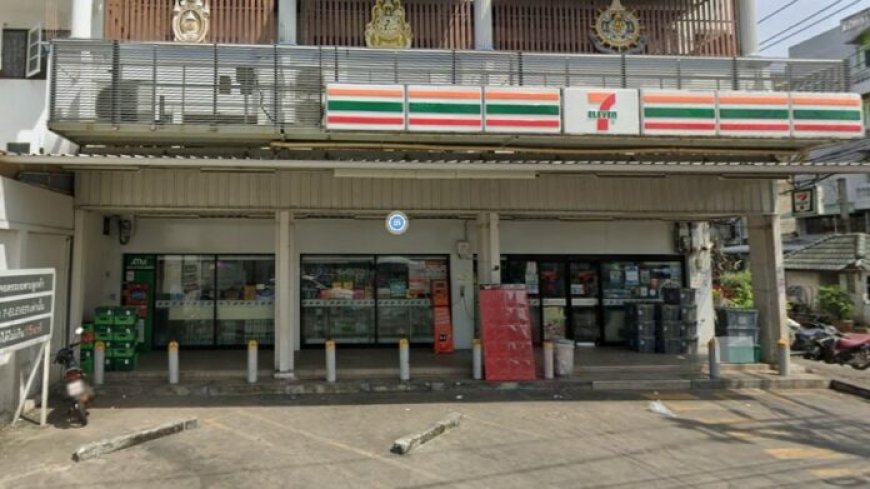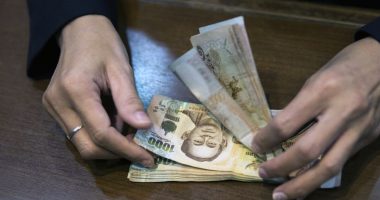The Recovery of Phra Chao Tong
A significant cultural artifact, the Phra Chao Tong, a 700-year-old bronze Buddha statue, has been returned to Thailand after being stolen from Wat Sri Ping Muang in Phayao province 36 years ago. The Ministry of Culture held a ceremonial handover on December 6, 2024, marking the statue’s return as a momentous occasion for the local community and the nation.
Historical Significance of Phra Chao Tong
A Blend of Artistic Styles
The Phra Chao Tong statue is renowned for its unique combination of Lanna and Sukhothai artistic styles, dating back to the early 14th to 15th centuries. Originally housed at Wat Sri Ping Muang in Chun district, this statue has served as a symbol of faith and cultural identity for the people of Phayao.Key Features:
- Dimensions: The statue measures 78 cm in width and 110 cm in height.
- Cultural Importance: It has been revered by locals for centuries, representing their spiritual heritage.
The Theft and Recovery Journey
Timeline of Events
The statue was reported stolen in October 1988 during a nighttime raid. For over three decades, it was believed to have been smuggled and sold overseas. The recovery effort gained momentum when information surfaced about an artifact resembling Phra Chao Tong being spotted at an antique auction in Europe.Crucial Developments:
- In August 2024, Visuth Chainaroon, a chief government whip and native of Phayao, played a pivotal role in the search for the statue.
- His tip-off led to the successful recovery of the statue, which was verified for authenticity based on photographic evidence and detailed records.
The Handover Ceremony
Celebrating Cultural Heritage
The handover ceremony took place in the Ishra Vinijaya Throne Hall of the National Museum in Bangkok, presided over by Culture Minister Sudawan Wangsuphakijkosol. During her speech, she emphasized the statue’s cultural significance and its role as a symbol of faith for the local community.Minister Sudawan’s Remarks:
- “The return of Phra Chao Tong will bring great joy to the people of Phayao.”
- She highlighted the importance of preserving cultural artifacts and supporting local heritage.
Future Plans for Phra Chao Tong
Returning Home to Phayao
Following its recovery, Phra Chao Tong is currently housed at the National Museum for safekeeping. Plans are underway to transfer it back to its original location in Phayao, where it will once again serve as a focal point for cultural pride and spiritual significance.Next Steps:
- The exact date for the statue’s return to Wat Sri Ping Muang has yet to be determined.
- Local authorities are preparing for a celebration upon its arrival back home.
A Triumphant Return
The return of the Phra Chao Tong statue marks a significant milestone in Thailand’s efforts to recover stolen cultural heritage. This event not only highlights the importance of preserving historical artifacts but also reinforces community ties and national pride. As Phra Chao Tong finds its way back to Phayao, it symbolizes hope and resilience for future generations.
